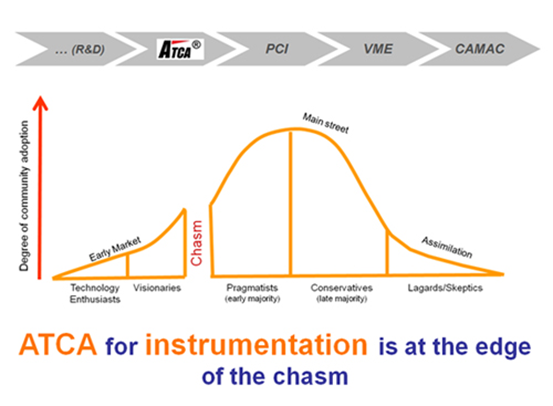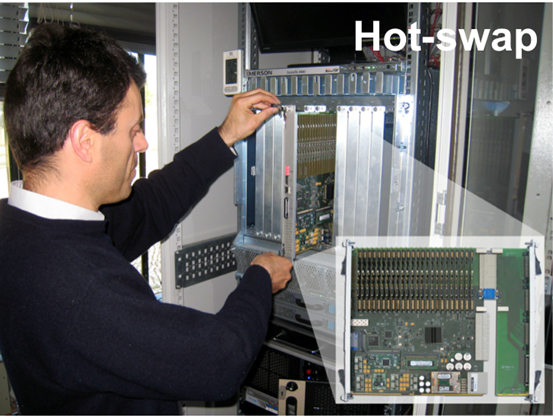The next generation of large-scale physics experiments will raise new challenges in the field of control and automation systems and demand well integrated, interoperable set of tools with a high degree of automation. Fusion experiments will face similar needs and challenges.

In nuclear fusion activities, e.g. JET and other devices, the demand has been to develop front-end electronics with large output bandwidth and data processing Multiple-Input-Multiple-Output (MIMO) controllers with efficient resource sharing between control tasks on the same unit and massive parallel computing capabilities. Future systems, such as ITER, are envisioned to be more than an order of magnitude larger than those of today. Fast control plant systems based on embedded technology with higher sampling rates and more stringent real-time requirements (feedback loops with sampling rates > 1 kHz) will be demanded. Furthermore, in ITER, it is essential to ensure that control loss is a very unlikely event and more challenging will be providing a robust, fault tolerant, reliable, maintainable, secure and operable control systems. ATCA is the most promising architecture to substantially enhance the performance and capability of existing standard systems delivering well high throughput as well as high availability.

ATCA for Physics
The ATCA platform is gaining traction in the physics community because of its advanced communication bus architecture (serial gigabit replacing parallel buses), high availability n+1 redundancy, variety of form factors, very high data throughput options and its suitability for real-time applications. Active programs are showing up most notably at DESY for XFEL and JET but also at other laboratories such as ILC, IHEP, KEK, SLAC, FNAL, ANL, BNL, FAIR, ATLAS at CERN, AGATA, large telescopes and also Ocean Observatories . Both the CMS and ATLAS detectors are investigating ATCA solutions for future upgrades and ILC and ITER are setting up prototype experiments to test its potential. Most of these programmes put the emphasis on High Availability. In ITER, for example, ATCA is being considered for its performance but also because the systems will be located in areas of difficult access during operation.
Collaboration between laboratories and industry to achieve broad sharing of information and interchangeability of module designs is increasing. ATCA has superior technical features, for large physics experiments, than its strongest competitors VPX and CPCI Express. If an ATCA extension for instrumentation (xTCA for Physics) succeeds to appear in a short period of time, the ATCA will continue to have advantages over VPX and CPCI Express in spite of the associated evolution of VXI and PXI instrumentation.